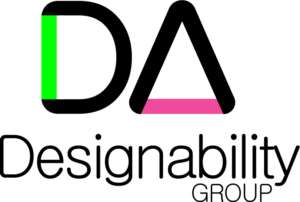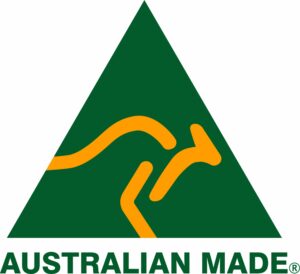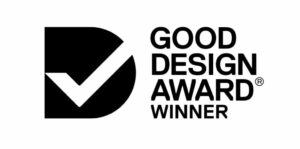Handy Hints
When starting your drawing begin by generating a prism in pencil.
Modify your prism to the proportions you want your object to be. Do this by chopping off parts of your prism until you have the proportions you want. For greater accuracy getting the right proportions use the VP3 Calculator.

The first lines you draw may not be the ones you want to end up seeing. Nevertheless, you need these lines to help you generate the shapes you want. These are called construction lines and they are best done lightly in pencil. Don’t rub them out, simply go over the correct lines in a fine felt tipped pen.

If you want to modify a face of a prism then generally speaking the first lines you draw on that face will be in the same orientation as the lines that define the outline of that face. Make sure you are putting the tracking rule in the correct slot

Rounded corners are just like cylinders except you are only using a part of the cylinder. Remember to put the tracking rule in the slot opposite to the face you are working from.

Give everything you do the “look test”. Step one: look at what you have drawn. Step two: ask yourself ‘does it look right’. If it doesn’t look right then it probably isn’t. If it looks right then it is right.

If you want to segment a shape equally, for cupboards in a kitchen for example, firstly set the proportions of the cupboard closest to you. Then draw the diagonal on this shape. The angle of this diagonal will be the same on all the other shapes Using a set square with the tracking rule draw the diagonal for the next shape so that it is the same angle. The intersection of this new diagonal and the top edge indicates the width of the next cupboard. You’ll see that the cupboards become smaller as they go into the distance. This passes the look test.

To make a chamfer draw a diagonal truncating a corner off one of the faces (with the tracking rule out of the slots) and project the new corners to the other side of the prism. Complete the chamfer with the second diagonal.

This method of drawing on one face and then projecting to the other is ideal for some other shapes:

Sometimes you will need to project from one surface onto a surface that you can’t see. Don’t forget to show only the lines that you can see. The lines that we can’t see but are helpful for generating shapes are called ‘construction’ lines.

To draw the following shape the projections were done across two surfaces.

To find the centre of a surface simply draw the diagonals (with the tracking rule out of the slots).

Use the centre on the top surface to draw a square based pyramid.

To show another object connected to a prism start by drawing the surface that is in contact. Note that with protruding objects you can see three corners

To draw an indentation rather than a protrusion, begin with the same shape and draw the inside corner (in this case the bottom left corner). Note that for indented shapes you will normally only see one corner. The length of this corner indicates how deep the indentation is.



